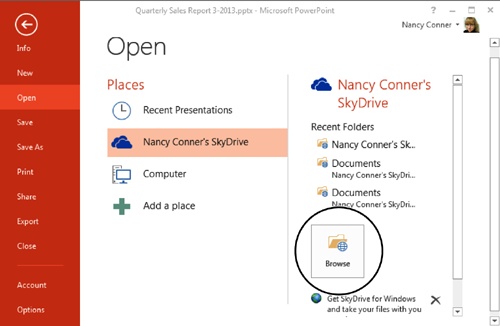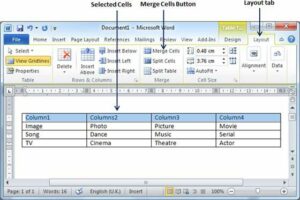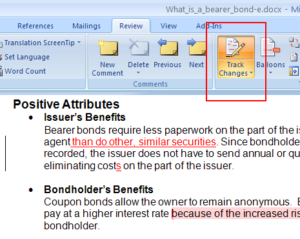Unveiling Efficiency: A Comprehensive Exploration of the Improved “Save As” and “Open” Features in MS Office 2013

Introduction: A Leap Forward in Document Management
In the ever-evolving landscape of productivity software, Microsoft Office has consistently been at the forefront, introducing features that streamline tasks and enhance user experience. Among the pivotal improvements, the “Save As” and “Open” features in MS Office 2013 marked a significant leap forward in document management. Embark on a detailed journey as we delve into the intricacies of these enhancements, unraveling their impact on user workflows, collaboration, and the overall efficiency of document handling.
The Foundation: Understanding Document Management
Before delving into the specifics of the “Save As” and “Open” features, it’s essential to grasp the foundational role of document management in professional settings. Document management encompasses the creation, storage, retrieval, and sharing of files—a fundamental aspect of everyday tasks for individuals, teams, and organizations. MS Office has been instrumental in shaping the document management landscape, and the improvements in the “Save As” and “Open” features further solidified its role as a pioneer in this domain.
The Evolution of “Save As”: Streamlining File Handling
The “Save As” feature has been a staple in MS Office applications, allowing users to create a new copy of a document while preserving the original. In MS Office 2013, this fundamental feature underwent notable enhancements, introducing a more streamlined and user-friendly interface. Explore how the improved “Save As” feature simplified the process of saving documents to different file formats, locations, and cloud storage platforms. From the convenience of a single dialog box, users could seamlessly navigate through directories, specify file types, and employ robust naming conventions.
Cloud Integration: Bridging the Digital Landscape
A standout aspect of the improved “Save As” feature in MS Office 2013 was its enhanced integration with cloud storage solutions. Witness how users could directly save documents to popular cloud platforms like OneDrive, SharePoint, and others. The shift towards cloud-centric document management reflected the industry’s acknowledgment of the growing importance of remote work and collaborative environments. Delve into the mechanics of this integration, understanding how it empowered users to access, edit, and share documents seamlessly across devices and geographical boundaries.
Versioning Control: Navigating Document Revisions
Effective document management involves maintaining control over versions to track changes and facilitate collaboration. The “Save As” feature in MS Office 2013 introduced refined versioning controls, allowing users to manage iterations of documents effortlessly. Uncover how the versioning system prevented the confusion associated with multiple copies of files, ensuring that teams could collaborate without the risk of working on outdated or conflicting versions. This aspect proved particularly valuable in scenarios where collaboration spanned across teams, projects, or extensive timelines.
Smart File Organization: Optimizing Workflow
Beyond the basic functionality of creating copies, the improved “Save As” feature in MS Office 2013 contributed to smarter file organization. Explore the incorporation of intelligent suggestions, predictive file naming, and the ability to pin frequently accessed folders. These enhancements were designed to optimize user workflows, reducing the time spent navigating through directories and searching for specific files. Witness how MS Office 2013 aimed to be not just a document creation tool but a comprehensive solution for efficient document handling.
The Redesigned “Open” Feature: Intuitive Access to Documents
In tandem with the improvements in the “Save As” feature, MS Office 2013 also revamped the “Open” feature, aiming to provide users with intuitive access to their documents. Take a closer look at the redesigned “Open” dialog box, which presented a visual and functional overhaul. Users could now view document previews, access recent files, and navigate seamlessly through folders. The redesigned interface reflected a user-centric approach, prioritizing accessibility and minimizing the steps required to locate and open documents.
Search Functionality: Finding Documents in an Instant
One of the standout elements of the redesigned “Open” feature was the integration of advanced search functionality. Dive into the mechanics of this feature, understanding how users could swiftly locate specific documents based on file names, content, or metadata. The introduction of search filters and sorting options elevated the efficiency of document retrieval, especially in scenarios where extensive document repositories were involved. The search functionality became a beacon of productivity, empowering users to spend less time searching and more time engaging with their content.
Seamless Integration with Online Platforms: A Glimpse into the Future
Anticipate the future of document management as MS Office 2013 laid the groundwork for seamless integration with emerging online platforms. The “Open” feature showcased compatibility with online document repositories, paving the way for a future where users could access documents stored in diverse digital landscapes. The vision of a unified interface, whether accessing local files or documents from the cloud, hinted at the ongoing evolution of MS Office to meet the dynamic needs of a digitally connected world.
User Adoption and Productivity: Realizing Tangible Benefits
As we explore the technical enhancements of the “Save As” and “Open” features, it’s crucial to delve into the real-world impact on user adoption and productivity. Uncover anecdotes, testimonials, and case studies where organizations experienced tangible benefits after transitioning to MS Office 2013. From accelerated workflows to enhanced collaboration, the improved document management features became integral components of success stories, shaping the narrative of modern productivity.
Conclusion: Empowering Users, Transforming Workflows
In conclusion, the improved “Save As” and “Open” features in MS Office 2013 stand as testament to Microsoft’s commitment to empowering users and transforming document workflows. The refined interfaces, cloud integration, versioning controls, and search functionalities collectively contributed to an ecosystem where document management became a seamless and intuitive experience. As we bid adieu to MS Office 2013, these features linger as precursors to the ongoing evolution of productivity software, continually striving to redefine how we create, manage, and collaborate on documents.







